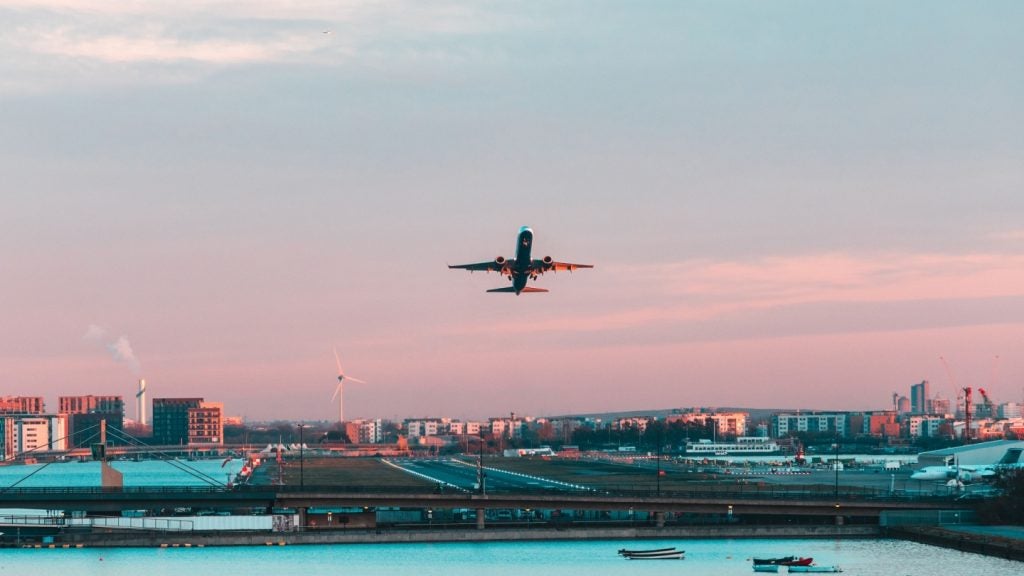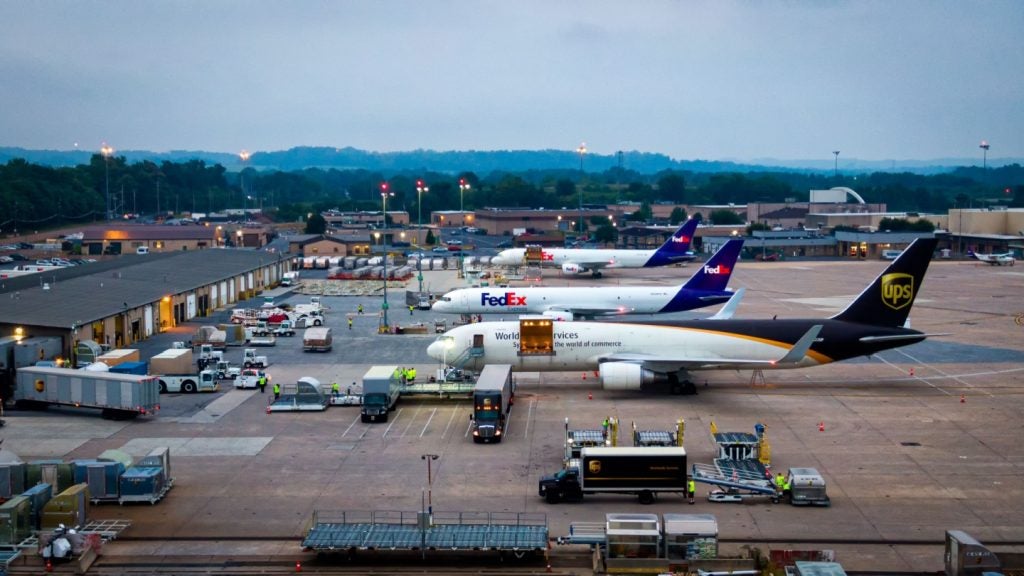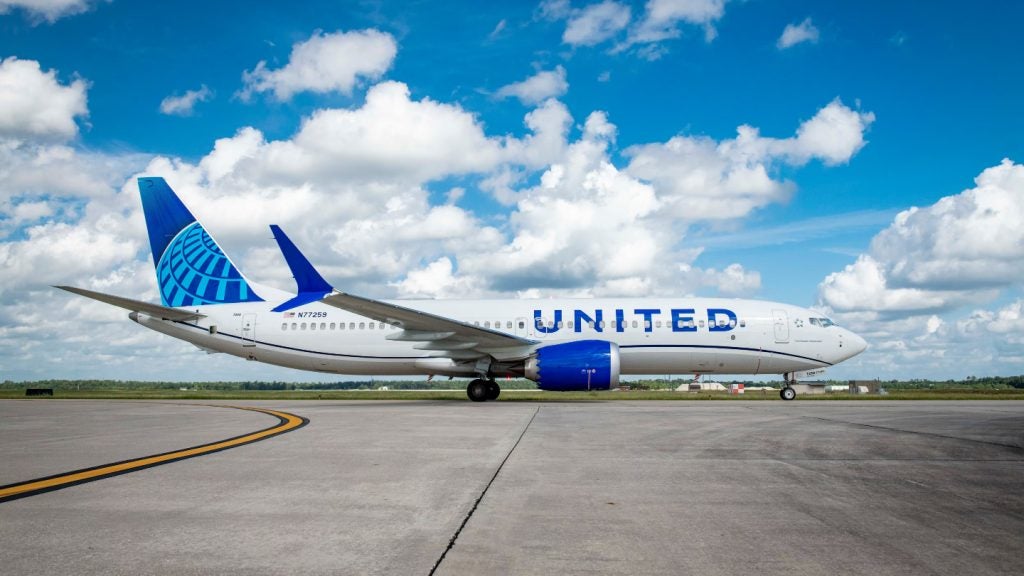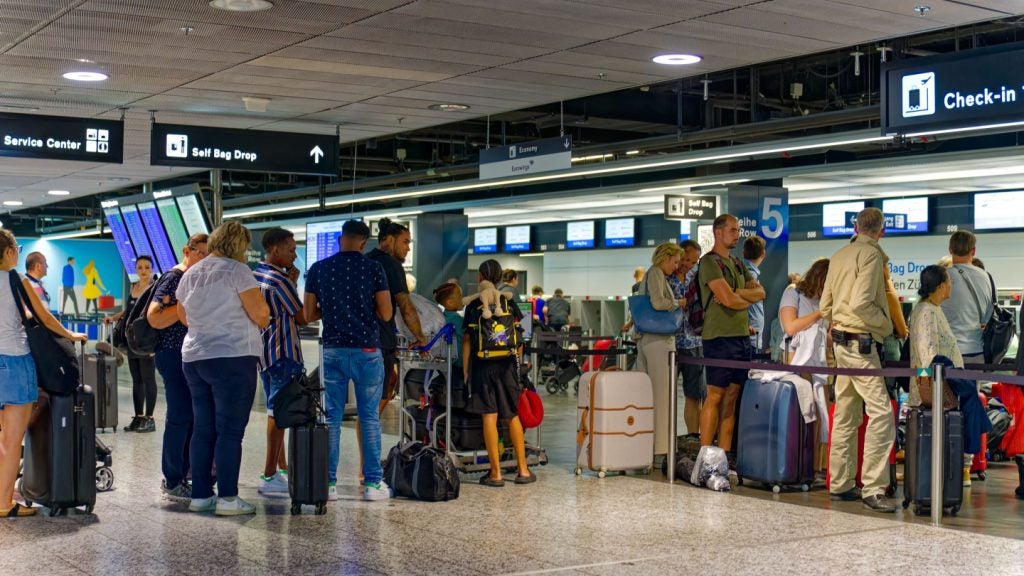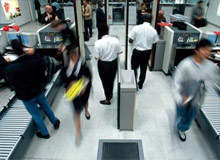
The sharp emphasis on airport security that followed the terrorist attacks of 9/11 has not abated in the ensuing years. Revised strategy and increased investment in training, planning and technology has led to significant improvements in security measures at the world’s busiest airports.
While some of these measures are highly visible, others are more discreet and indirect, but they extend to all areas of the airport and to all of the people and processes that have a potential impact on the security level of passengers, staff and infrastructure.
9/11 dramatically made the world aware of new kinds of threat, with aircraft targeted in a way that had not previously been witnessed. Since that day in 2001, security policy has had to focus as much on visibly reassuring passengers as on screening behind the scenes. The transport industry needed to get passengers back in the air and decisive action security was vital to this endeavour.
SLOW RECOVERY
Despite the rapid response from state authorities, airport operators and airlines, it nevertheless took three years for passenger traffic in Paris, for example, to reach the levels seen prior to the attacks on the USA. However, given the new kinds of threat these airports have had to consider, it is no surprise that improving security at the world’s major airports is set to be a long, ongoing process.
See Also:
"We know that the threat is changing," says Jean-Louis Blanchou, director of security at Aéroports de Paris (ADP). "We can think about nuclear, radiological, biological and chemical or Manpads [man-portable air defence system] threats. We can imagine suicide attacks in the public area and we are working on these issues."
How well do you really know your competitors?
Access the most comprehensive Company Profiles on the market, powered by GlobalData. Save hours of research. Gain competitive edge.

Thank you!
Your download email will arrive shortly
Not ready to buy yet? Download a free sample
We are confident about the unique quality of our Company Profiles. However, we want you to make the most beneficial decision for your business, so we offer a free sample that you can download by submitting the below form
By GlobalDataWorking directly with these issues every day at Paris-Charles de Gaulle and Paris-Orly airports, Blanchou has seen significant progress in improving airport security, especially since the terrorist attacks on the World Trade Center and the Pentagon four years ago. In that time, huge measures were implemented to put in place additional human and technical resources to improve the efficiency and efficacy of airport security procedures.
For instance, since the start of 2003, every single item of hold baggage in ADP’s airports has been screened using the latest technology and 50 teams of trained sniffer dogs. Additionally, while all passengers and hand baggage are screened as usual – using arch metal detectors for passengers and x-ray machines for baggage – there has been an increase in the number of manual baggage searches.
"We hand search more or less 50% of hand baggage,’ notes Blanchou. ‘We use hand search and hand metal detectors for the passengers. We estimate that 30% of passengers are checked with these additional measures. We also use random checks of passengers and baggage with explosive trace detectors."
These same screening processes and technologies used for passengers are applied to every member of staff, with checks performed at one of the 21 screening checkpoints specifically intended for staff at ADP’s airports.
Aéroports de Paris has also made improvements to its access technology. The 100,000 people who work every day at Paris-Orly and Paris-Charles de Gaulle airports now carry ID cards that incorporate biometric elements, which make them significantly harder to duplicate.
INCREASED SURVEILLANCE
Improved monitoring of key areas is also one of the main strands of ADP’s current security strategy, with facilities for capturing video footage of sensitive airside locations and main passengers’ areas the focus of added investment.
"We are implementing an ambitious CCTV programme," says Blanchou. "We had less than 1000 cameras in 2003. We now have more than 2500 and we are planning to set up 3000 more by 2008. That represents a major improvement, but we always keep on looking for ways to upgrade our security measures and procedures.
"We are, for example, finishing separation of passenger flows by physical means, which exist, of course, today in the ADP’s terminals, but sometimes by human means. We are ending the modernisation programme of checkpoints for vehicle access to the restricted area. We are working to improve a programme for captive vehicles on the airside."
Among the many technological solutions on the market or in development, some see biometrics as a vital and dramatic advance. Applied internally, biometric identification systems can immediately and significantly improve access control. Its broader success, however, may depend on the ability of state authorities and solution developers arriving at a standard methodology for its implementation, if it is to be used in a coordinated way between airports.
The development of more sensitive, simple-to-use explosive trace detectors is also on the agenda for technology vendors. "The technology is developing and we keep on looking into what can serve security on the platforms," comments Blanchou. "We are involved in experimenting with new equipment, such as arch explosive detectors, and we work closely with industry in order to better explain our needs, to follow the technical progress and to use it."
SUPPLEMENTING THE SYSTEMS APPROACH
While some of these measures are technology-based, Blanchou and others do not believe that more sophisticated systems are the best or only means to improve airport security. How safe passengers are – and, perhaps equally as important, how safe they feel – is in large part dependent on the actions of the people in and around the airport.
Blanchou stresses that much of the ADP’s own programme of security enhancement has involved a close review of the people and processes that contribute to the security of passengers and staff. He believes that this is just as crucial as additional investment in systems.
"Nowadays, Aéroports de Paris is turning towards an improvement of the quality of its actions, the reinforcement of the professionalism of the relevant people, the rationalisation of resources and the improvement of techniques," he says. "Our aim regarding security is to shift from a quantity approach to a quality approach in direct line with our global quality programme."
Better trained staff are more efficient and more effective, whatever their contribution to overall security. In the area of baggage screening, for instance, ADP has adopted TIP, which develops x-ray screening skills through competency-based on-the-job training, based initially on a thorough break-down of the core competencies screeners need.
"The use of the TIP on the x-ray machines has notably increased the detection ratio of dangerous items in baggage," comments Blanchou. "If the procedures become more rigorous, the same as in the industry with precise automation, you can make gains in security but also in time and productivity."
ADP is also developing an ambitious quality assurance programme, the foundation of which is a large-scale security training programme for its own staff and its subcontractors. Running alongside this will be an internal audit, intended to examine how the resulting improvements in processes and staff awareness produce measurably positive effects in the day-to-day running of the airport.
DEFINING THE TARGET
Airport managers have their own notions of the improvements that are required to keep passengers, planes and airport infrastructure secure but, in part, a higher authority decides their agenda. It is the state that carries the responsibility of tracking geopolitical events to define the types of threat requiring countermeasures, while the airports are charged with putting this policy into action on the ground. For instance, ADP is currently reinforcing its CCTV capability as a result of a request from the French government to the transport industry.
"It is not the role of the airport manager to define the threats or to follow their development," says Blanchou. "It is the function of both the specialised services and the governmental authorities to evaluate the threat and to define appropriate measures. I cannot speak for the French authorities, but we follow events worldwide. We have witnessed the appearance of potential suicide bombers, such as Richard Reid [the failed ‘shoe-bomber’], and we adapt the measures in order to protect our airports against them."
The priorities currently laid down by international and official doctrine also define the areas of an airport that have the highest priority in terms of security. The areas that must be more protected are currently defined as those in close proximity to the planes, as well as any sensitive facilities and key infrastructure.
"We are aware after the Madrid and London attacks that public areas with a lot of people queuing could be considered as targets," says Blanchou.
Using technical means such as biometrics, CCTV and automatic detectors to protect these areas is a must, and has been accompanied in many cases by an increased human presence in the form of policemen and soldiers. Furthermore, the participation of staff and security forces in implementing security policy should, in Blanchou’s view, be complemented by the actions of passengers.
"Information can be given to the people asking them to pay attention," he says. "I strongly believe in the participation of passengers as well as staff."
LIMITS TO SECURITY
Nevertheless, Blanchou also believes that it is important to remain realistic about the practical limits of any security policy. No airport in the world – indeed, no transport facility nor any building anywhere that is open to public access – would be so bold as to provide a guarantee that it will not be targeted or that risks to safety will not occur.
After all, if there were no threat, there would be no need to invest heavily in solutions and strategies to improve security. Blanchou knows that the measures that can be taken are effective, and that the responsibility of airport authorities is to do all they reasonably can to counter the apparent threats with which they are faced.
"Everybody knows that total security doesn’t exist," he says. "We can reinforce the protection in order to make the work of potential terrorists more difficult and to dissuade them or to detect them more easily, or if one dramatic event unfortunately occurs, to facilitate the work of the police services."
For major airports, the specifics of security enhancement policies will vary, given their diverse profiles in terms of technology, position and potential holes in the security network. The broader goals, however, are shared – vigilance, investment and cooperation.
"Each airport has strengths and weaknesses," adds Blanchou. "We try to adapt on our installations the best ideas and the best practices we can observe among other airports."
COUNTING THE COST
All the required improvements in security come at a price. Furthermore, over time this price is getting higher, at a time when the airline industry is desperate to cut costs and move towards profitability. The programmes under way at the European Commission have highlighted the need to cut billions of dollars out of the cost profile of the industry in order to bring it back towards financial stability, so additional demands on funds are not welcome.
In the last four years, airports have been forced into a position that demands they devote considerable amounts of money to security measures, and finding a way to viably bear this cost burden has been as important as finding the right technical and training solutions. In some cases – certainly that of ADP – a portion of the cost has been passed very directly to the passengers themselves.
"To satisfy government requirements, the part devoted to security in the airports’ budget has considerably increased over the past few years," says Blanchou. "In 2001, it was less than €100m. Now it represents €280m per year for the operating costs – staff, maintenance, supplies, studies and so on – funded by a tax paid by departing passengers; this tax went from €3 to €7.90 (€8.20 in 2004).
"The investments have reached between €50–60m per year on average since 2002." He adds, "for comparison, I would remind you that this sum was only €24m in 2001."
The possibility that the price of security policies and upgrades will go on getting higher is not one that airport operators are keen to face. At some point, a trade-off between security investment and commercial performance has to arise. "The costs cannot continue increasing," confirms Blanchou. "They could become a brake for the traffic and for the profitability of companies."
BALANCING SPENDING PRIORITIES
So, the priority is to get the best level of security possible to meet the demands of the government, the needs of passengers, while making sure that the investment in these measures does not undermine the commercial position of the airlines or the airports.
With this in mind, ADP has a clearly defined list of priorities to manage costs. This includes the following cost indicators: rationalising, standardising and homogenising security procedures; automating appropriate processes to replace staff with technology wherever possible; integrating security requirements at the very earliest stages of the design of new installations; improving staff training and productivity; and taking a new approach to its relationships with external service providers and subcontractors.
By doing so, ADP can be as confident as possible that its euros are well spent, though quantifying a return on this investment is problematic.
"It’s very difficult to quantify the returns on investment," says Blanchou. "It is exactly the same as when you pay for insurance. We spend a lot of money, and we hope that is useful to avoid dramatic events, human and financial losses. But I am not able to quantify that. An insurance premium is always too expensive when nothing occurs."
Blanchou does not feel that the extra funding directed towards security is unnecessary. He, along with others in his position at other major airports, is fully aware of the weight of responsibility an airport authority carries for the lives of the millions of people that pass through their facilities every year. The commercial impact of security investment, however, cannot be entirely ignored, and finding some indicator – however imprecise it may be – of the effects of the extra spend is important for determining future policy.
"Security is part of customer service quality and of the confidence people have in air transport," he notes. "Firstly, if the measures are efficient in preventing terrorist acts and in reassuring passengers, the traffic increases and the financial situation of airlines and airports improves."
As well as buoying up passenger confidence in the air travel market in a broad sense, Blanchou also notes that enhancing security could have some competitive and commercial impact for individual airports, as passengers are more aware of their own safety and may consider it as a factor in making their travel plans.
"We can think that quality of the security procedures could represent an element of choice between airports for passengers – when this choice is possible", he says.
"For example, American or Chinese people who want to come to Europe can travel through Frankfurt, London, Paris, Schiphol or other airports. The elements of choice are diverse: comfort of the installation, duty-free services, timetables, transfer facilities. Why not include the rigour and professionalism of security procedures?"
No doubt major airports around the world – certainly including those under the aegis of ADP – have made admirable progress on improving security, though much more needs to be done in the future, as systems and processes develop. This means that both passengers and airport staff can be as confident as possible in the face of any potential threat.



